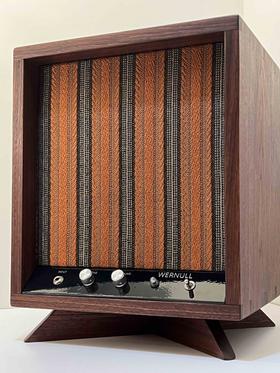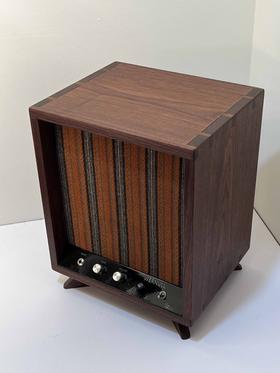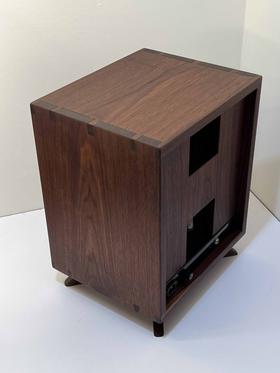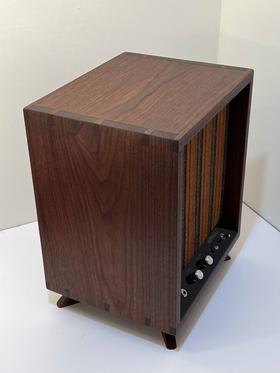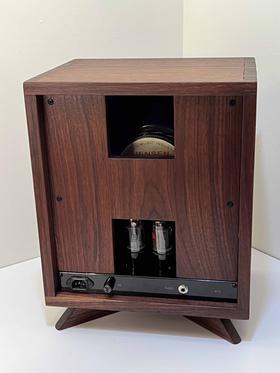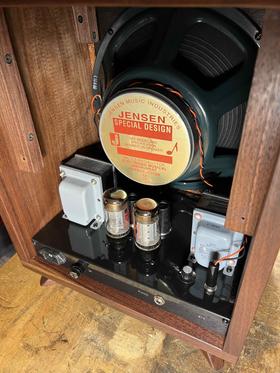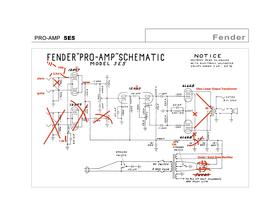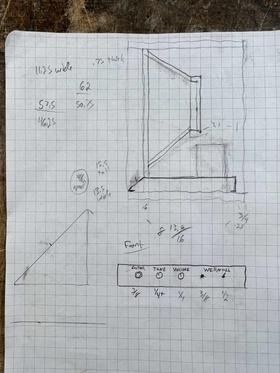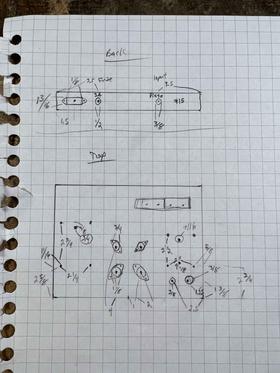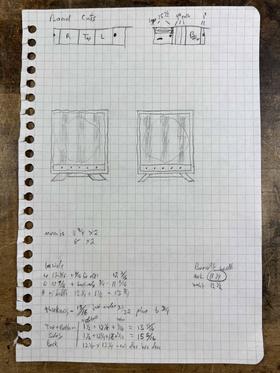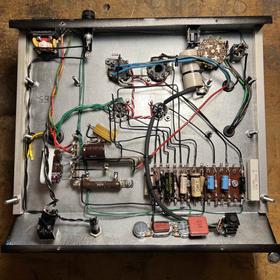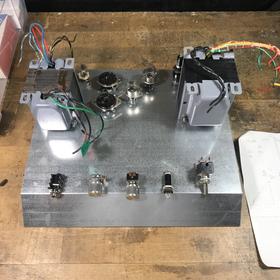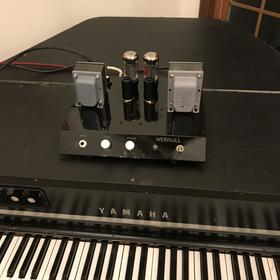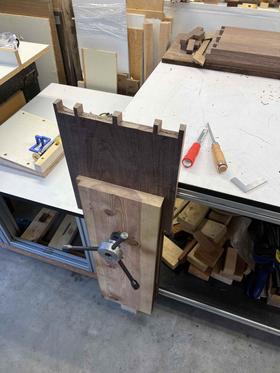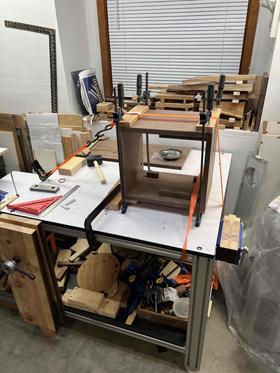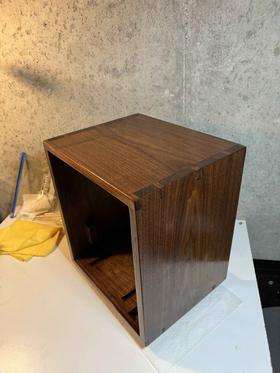It all started when a friend asked about a tube amp to use with a newly restored Wurlitzer. My first thought was to see if they ever made a stand-alone tube amplifier. The only one I found was a 920 but was unable to find any schematics, however, I did find many pictures and could tell it was a 6L6 push pull power amp. I decided to dig into Fender schematics around the 1950’s that were 6L6 push pull and landed on the Fender Tweed Pro 5E5. I also found this amazing post by Tropical Fish that breaks down Wurlitzer amps and helped me steer the design.
There were a few modifications I decided to do. First, I had in my collection a 1980’s ultra-linear Triad output transformer with a matching 1969 power transformer at the voltages needed for this project. Ultra-linear output transformers will produce a cleaner sound evenly across all frequencies. I also went with a solid-state rectifier even though the power transformer could handle a tube rectifier. The solid state will have less compression when the amp is pushed which I felt like would be better for a keyboard amp. Instead of using 12ax7 like the Fender Pro uses, I went with 12au7 to reduce the power and make things even more clean. Two of the four inputs were removed to eliminate the need for another tube, and one of the inputs was changed to match the impendence on a Wurlitzer audio output schematic I ran across. On the final product you can see these labeled “input” and “piano” with the piano input on the back so things could be left hooked up and there would be no messy cables laying around. With the way these inputs work it is also possible to run them both at the same time.
The cabinet design was inspired from mid-century modern furniture. I wanted to make a box with solid wood and dove tails and to have short feet that angle out for stability. The grill cloth comes off a 1970’s Leslie X77 speaker to add on to that 1970’s feel. The chassis was custom built to fit within the cabinet design and all the parts were laid out to fit around the speaker to reduce space. When I say custom built, I mean it started with a flat piece of sheet metal, bent to shape, drilled, and then powder coated.
Many of the capacitors are vintage Aerovox that were tested to make sure they were still in spec. The tone circuit has vintage silver mica “domino” capacitors. Additional filtering was added to the rectifier to help reduce hum.
The preamp tubes are vintage RCA 12au7 that were pulled from antique lab equipment. The same salvaged lab equipment provided the power switch and pilot light. A friend traded me the 12” C-12-N Jensen speaker that came out of a Fender Hot Rod Deluxe. This is also the same speaker that was used in many Rhodes pianos.
One of the most time-consuming parts of this project was getting my woodworking skills to the level that I envisioned for the final product. Not only did I need to practice dove tails a handful of times, but I also had to fashion a leg vice from parts laying around the shop. The sides and top were cut from one board so the grain would match all the way around.
The wood is black walnut and finished with Walrus Oil furniture finish, butter, and wax.
In the end this is one of my finest amps. It sounds amazing with both a piano and a guitar.
